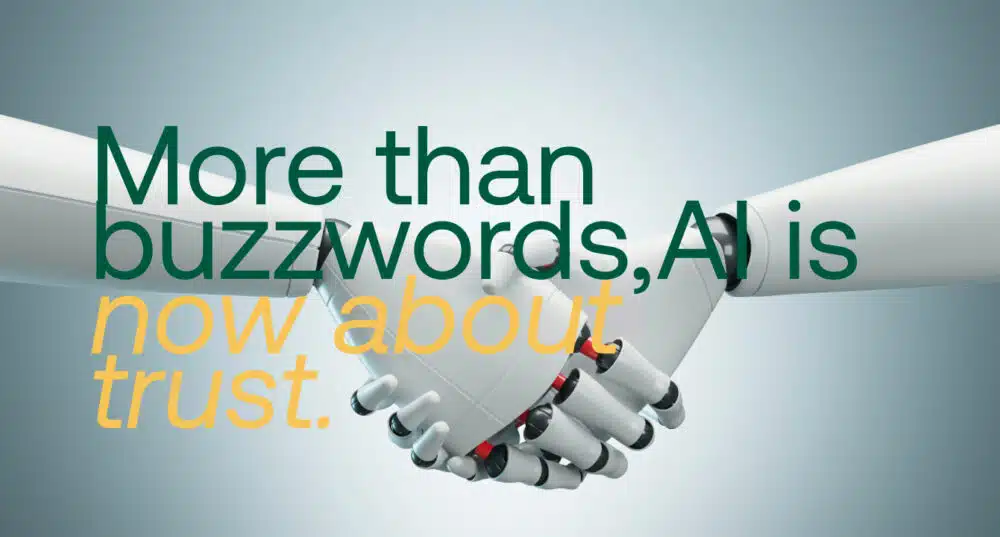

You will not be surprised if we told you that AI emerged as a critical tool, not only for increasing efficiency but also for reshaping decision-making across agriculture. However, the discussions made it clear that the key challenge is not just deploying AI—it’s building trust in these systems among farmers and agribusiness leaders. Stakeholders are seeking AI solutions that deliver real value while aligning with environmental and operational goals.
Technologies showcased at the summit, such as Microsoft’s generative AI copilots and Bayer’s Azure-based expert system, demonstrate the shift towards data-driven, actionable insights. These tools allow users—from farmers to agronomists and insurers—to access forecasts on crop yields, disease risks, and harvest windows with real-time data inputs. For example, Microsoft’s Krishi Mitra pilot, aimed at empowering 300,000 Indian farmers, illustrates how AI can bridge information gaps by providing personalized advisories on crop management, market conditions, and weather through natural language queries on smartphones.
These tools show that AI can foster better productivity, profitability, and environmental outcomes. However, the underlying message at the summit was that the road to adoption is gradual. Leaders emphasized the importance of integrating AI thoughtfully and transparently into farming practices, ensuring that the technology enhances—not disrupts—existing operations. AI adoption must align with the practical realities of farming, which include managing risks, resource constraints, and volatile weather patterns. AI is still 10,000 feet in the air and we need to land this thing if we want it to have a proper impact.
AI’s effectiveness relies on the quality and accessibility of data. At the summit, industry leaders pointed out that farmers need confidence in how their data is used and shared. Transparency in data management will be essential to earning this trust. Many programs aim to facilitate seamless data sharing while ensuring privacy and control, fostering collaborative ecosystems between farmers, agribusinesses, and tech companies.
Ranveer Chandra, CTO of Microsoft’s Agri-Food division, highlighted that AI solutions are only as good as the outcomes they produce on the ground. The ultimate goal is to enhance decision-making and reduce the environmental impact of agriculture, helping stakeholders meet sustainability targets while remaining economically viable. All of this without falling into the dreaded data paradox where too much data is no good data.
AI in agriculture is evolving from theoretical applications to trusted tools that solve real problems, but successful implementation will depend on thoughtful integration and collaboration across the value chain. These developments underscore the potential for AI to play a pivotal role in the future of sustainable agriculture, while acknowledging the challenges of adoption and trust-building along the way.